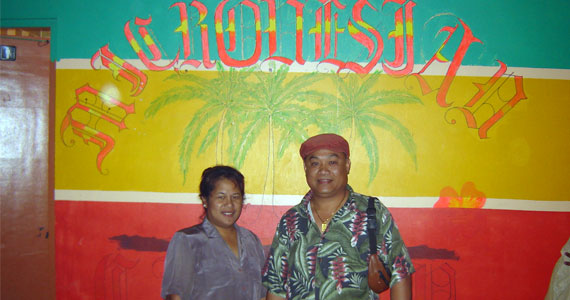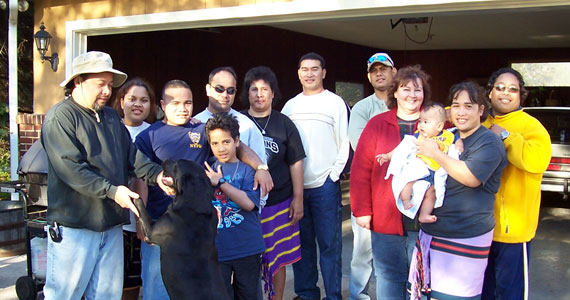Roaming in BC and DC
Ever since my return from Micronesia at the beginning of this month, I?ve continued roaming–but closer to home.? Just last week there were short trips to DC and BC.? The latter was a weekend visit to Boston College to work with new Jesuit volunteers destined to begin two years of service in Micronesia, Tanzania and Ecuador.? What do you tell young college graduates with stars in their eyes and a little apprehension in their hearts at what they will face?? Why not tell them what always served me well?? Hang on for a great ride, but don?t waste your time trying to anticipate the sudden dips and sharp turns along the way.? If you?re one of those people who has a fetish for working out answers to all problems before they happen, you?ll either be back home way before your two years is up, or, more likely, you?ll learn to get over the fetish. But don?t forget to make good friends with at least a couple local people on your site.? When the rules of the culture baffle you and you?re ready to write off the people altogether, you?ll have these friends to cling to. They are your best proof that mysterious cultures can produce fine people.
DC–that is to say Washington, DC–was my destination a few days later to give a report on the status of our survey of Micronesian migrants in the US. Since last February we?ve been interviewing a sample of the thousands of islanders who have moved with their families to the US in search of jobs and a better education.? There may not be nearly as many of them as there are Koreans, or Ethiopians, or Haitians, or Filipinos.? But they are here?about 50,000 of them?and they?re looking for the same thing that attracted my grandparents from southern Germany and probably your relatives, too. ?I lift my lamp? are the famous words engraved at the base of the statue of the lady who watches over New York harbor.? Why shouldn?t Micronesians follow the beam from the lamp?? So many millions of others have during the last couple centuries.
By our count, there are 13,500 people from FSM on Guam, a couple thousand more on nearby Saipan, another 8,000 in Hawaii, and about 25,000 scattered through forty states in the US.? They’re even in Alaska, where the weather patterns couldn’t be more different from their home islands. They work in convenience stores, fast food places, car washes, nursing homes, lumber mills, and food processing plants. The take-home pay isn?t fabulous, and they all too often work the graveyard shift, but at least they have jobs to support their families.? (At the salaries they receive, it takes twice as many working members of the household to support their families as it might in a typical US home.)
I just spent most of the weekend with two of them, Fr. Bruce Roby and his niece Kina Rosario.? Bruce is assistant pastor in Stratford, CT, and Kina is married to an American and living on Long Island. Both seem to be doing just fine, if I can judge by the good vibes I got at the parish mass on Sunday morning and the?barbecue?we all attended the night before.? From previous visits made to other parts of the US for this project and videos we made a few years ago, much the same can said of most other Micronesian migrants.
Once the tables from Saipan and the mainland US arrive, I?ll be finishing the report so that it can be transmitted to the FSM government.? But you can expect to find some tidbits here.? Even when the report is finished, the discussion on what to do to help migrants settle into their new homes will continue. There are any number of steps that can be taken to make life easier for them while ensuring that they continue to be a source of financial support for their family and friends back home.? But more about this later.





